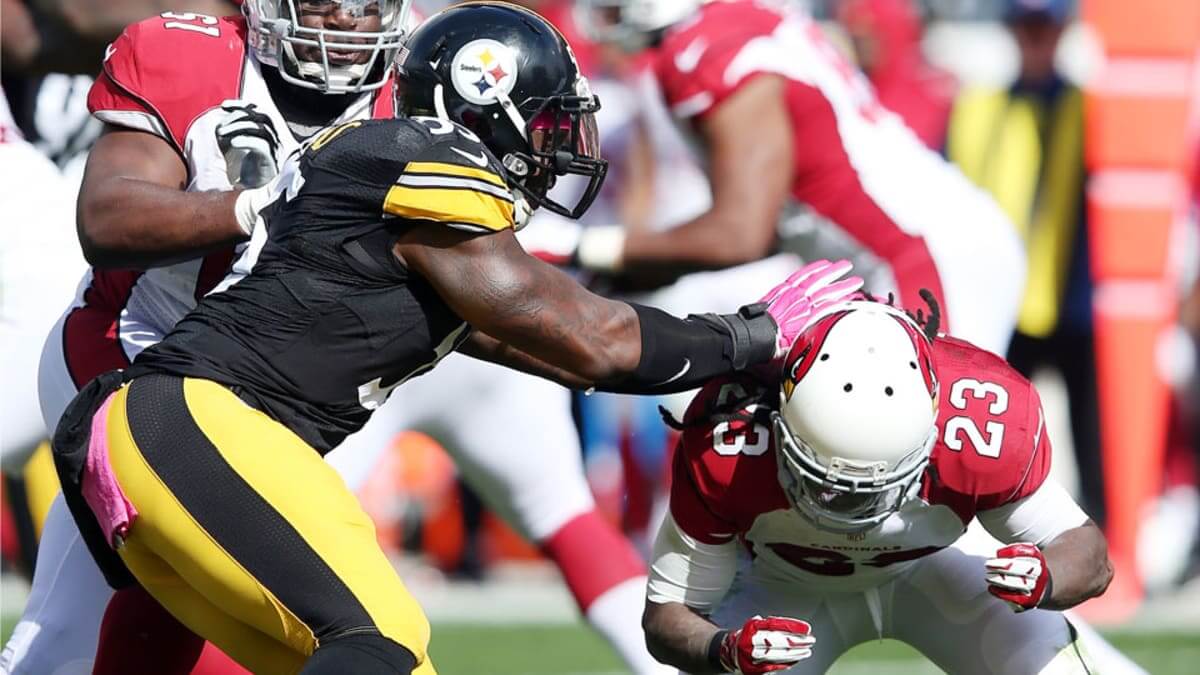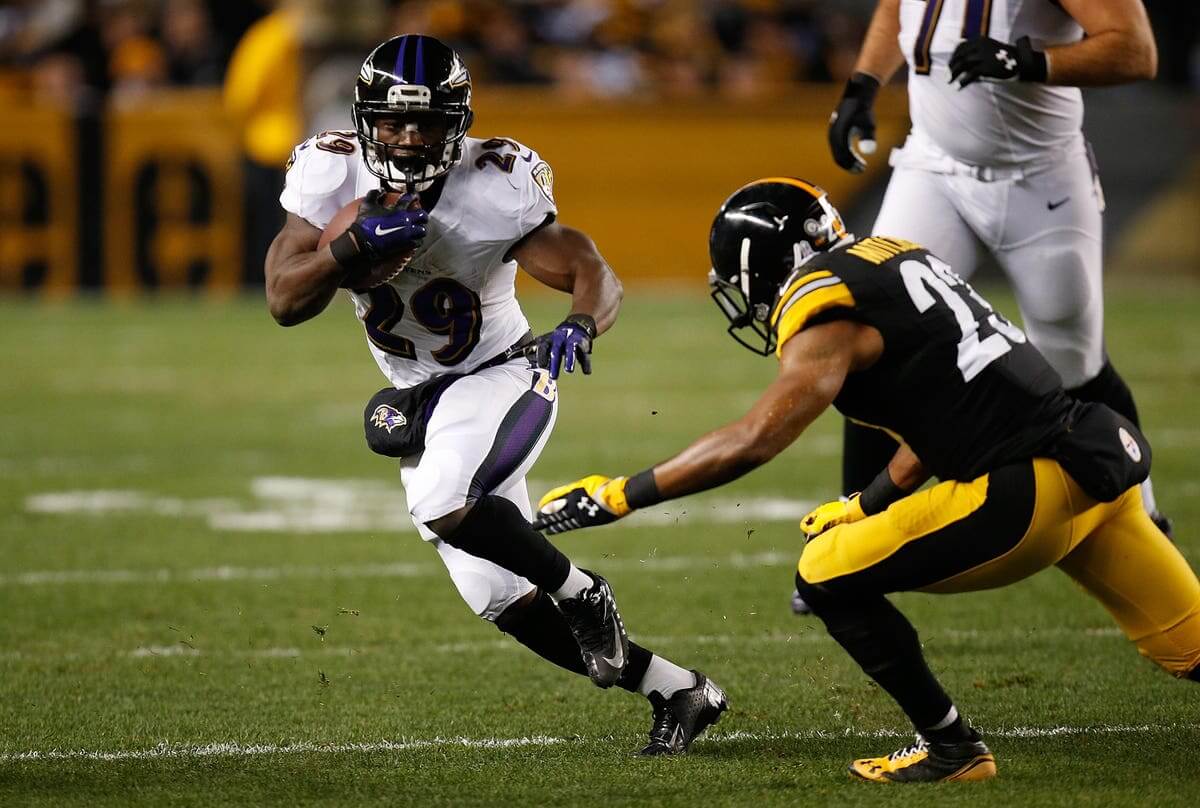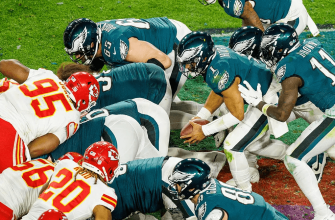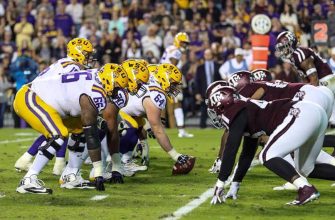The Inside Zone Blocking Scheme is a highly effective and widely used run play in football. It provides simplicity, versatility, and the potential for explosive gains on the ground. In this comprehensive guide, we will explore the intricacies of the Inside Zone Blocking Scheme, its philosophy, assignments, and benefits. Whether you are a coach, player, or avid football fan, this article will give you a deep understanding of how this scheme can revolutionize your team’s run game.
Understanding the Philosophy of Inside Zone
At its core, the Inside Zone Blocking Scheme is designed to create movement and establish control at the line of scrimmage. Unlike other run plays, such as the outside zone or power schemes, the Inside Zone focuses on hitting the gaps between offensive linemen rather than attacking the edges or specific defenders.
The primary goal of Inside Zone is to create vertical movement on the first level of the defense, while also setting up the opportunity to engage and block second-level defenders. This is achieved through double teams and combination blocks executed by the offensive linemen.
Inside Zone Blocking Assignments

While different teams may have their own variations and terminology, the fundamental assignments in the Inside Zone Blocking Scheme remain consistent. Let’s delve into the responsibilities of each position:
Offensive Line Assignments
- Play-side Tackle (PST): The PST’s primary assignment is to block the end man on the line of scrimmage. This involves engaging the defender and maintaining control to create running lanes.
- Play-side Guard (PSG): The PSG’s assignment depends on whether the gap is filled or unfilled. If the gap is filled by a defender, the PSG blocks and drives that player. If the gap is unfilled, the PSG checks the backside gap and, if necessary, works to double team with the center.
- Center (C): The center’s primary responsibility is to block the defensive player in the play-side gap. The center may also double team with the PSG if there is no defender in the PSG’s play-side gap.
- Backside Guard (BSG): Similar to the PSG, the BSG’s assignment depends on whether the gap is filled or unfilled. If the gap is filled, the BSG blocks and drives the defender in the play-side gap. If the gap is unfilled, the BSG checks the backside gap and works to double team with the backside tackle.
- Backside Tackle (BST): The BST’s primary assignment is to base block and drive the defender in the play-side gap. If the gap is unfilled, the BST takes zone steps to work a double team with the BSG before climbing to the second level.
Running Back Assignment
The running back’s role in the Inside Zone Blocking Scheme is crucial. The main objective is to read the blocks of the offensive line and make decisive decisions based on the movement of the defenders. The running back’s aiming point is typically the play-side hip of the center. From there, the running back has three options: dive, bounce, or cutback, depending on the positioning and leverage of the defenders.
Executing the Inside Zone Blocking Scheme

The success of the Inside Zone Blocking Scheme relies on the cohesion and execution of the offensive line. It is essential for the linemen to work together, communicate, and make quick decisions based on the defensive alignment.
Let’s examine the key steps to executing the Inside Zone Blocking Scheme effectively:
- Step and Angle: Each offensive lineman takes a step toward the play-side at a 45-degree angle. This angle allows for proper engagement with defenders and sets up double teams.
- Identification: Offensive linemen use a numbering system or identification tags to determine their double team assignments and communicate with one another.
- Double Teams: Offensive linemen initiate double teams based on the alignment of defenders. The goal is to create vertical movement and control at the line of scrimmage while maintaining awareness of potential second-level defenders.
- Disengagement and Climbing: Once the double team has been established, offensive linemen must disengage and climb to the second level to block linebackers or safeties. Proper timing and coordination are critical to ensure effective blocking at the second level.
- Running Back’s Read: The running back must read the blocks of the offensive line, identifying the running lanes and making decisive cuts based on the movement of defenders. Patience, vision, and the ability to make quick decisions are essential for the running back’s success.
Benefits of the Inside Zone Blocking Scheme

The Inside Zone Blocking Scheme offers numerous advantages that make it a staple in many offenses.
Let’s explore the benefits of incorporating this scheme into your team’s run game:
- Flexibility: The Inside Zone provides flexibility against different defensive fronts. It allows the offensive line to adjust and utilize the alignment and leverage of defenders to their advantage.
- Double Team Dominance: The Inside Zone relies heavily on double teams, which create movement and leverage at the line of scrimmage. This can tire out defensive linemen and open up running lanes for the running back.
- Versatility: The Inside Zone can serve as a foundation for various other plays and concepts, such as play-action passes, read options, and RPOs (run-pass options). Its modular nature allows teams to expand their playbook and keep defenses guessing.
- Consistency and Control: By consistently carving out four to five-yard gains, the Inside Zone helps maintain offensive control, sustain drives, and wear down the opposing defense over time. It sets the stage for explosive plays and keeps the offense ahead of the chains.
Expanding the Inside Zone Scheme

While the basic Inside Zone Blocking Scheme provides a solid foundation, teams can further enhance their run game by incorporating additional tags and variations.
Here are a few examples:
- Zone Read: By incorporating the zone read concept, the quarterback can read the defensive end and make decisions based on their reaction. If the end crashes down, the quarterback can pull the ball and exploit the open space. If the end stays home, the offense can continue with the Inside Zone play.
- Mid-Line Option: The mid-line option adds an extra dimension to the Inside Zone scheme. The quarterback reads the defensive tackle instead of the defensive end, allowing for quicker decisions and potential short-yardage gains.
- Fullback Involvement: Utilizing a fullback or tight end in the Inside Zone scheme adds an extra blocking element. The fullback can block the typically unblocked defensive end, providing additional protection for the running back and allowing the quarterback to focus on post-snap reads and quick passes.
- Combining with Play Action: The Inside Zone Blocking Scheme can serve as a foundation for play-action passes. By using similar blocking techniques and formations, the offense can create deception and confusion for the defense, opening up passing lanes downfield.
Conclusion
The Inside Zone Blocking Scheme is a powerful tool for any offense looking to establish a dominant run game. Its simplicity, versatility, and potential for explosive gains make it a favorite among coaches and players at all levels of football.
By understanding the philosophy, assignments, and execution of the Inside Zone, teams can unlock its full potential and take their ground game to new heights. Incorporate this scheme into your playbook, and watch as your offense thrives with disciplined and effective blocking.








